When working with electronics, it is quite easy to regulate current with a resistor, potentiometer, switcher, etc.
But take a simple high power application such as an electric stove. What method is used to control the current through the burners. They couldn't possibly use a variable resistor because the heat generated would be on par with the burner.
It is clear however that the controls are disipating very little heat and they certainly aren't using any electronic devices. So how do they do it?
